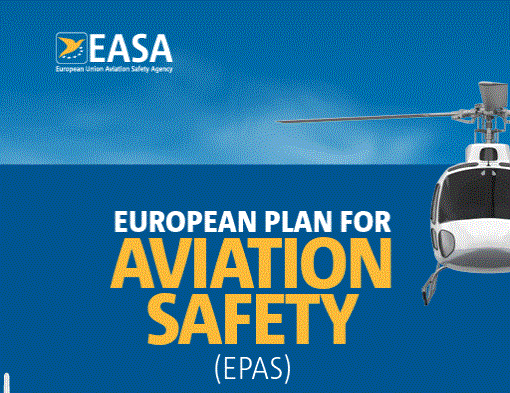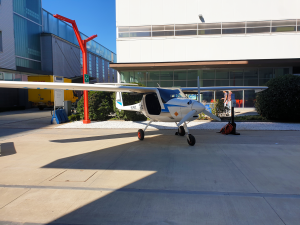
In the 12th edition of its European Plan for Aviation Safety (EPAS), the European Aviation Safety Agency (EASA) has identified the key programmes which will enable it to develop regulations for future electric and hybrid aircraft systems.
EASA and partners are currently assessing the feasibility, the environmental benefits (including full life cycle assessment where appropriate) and the certifiability of the proposed designs for aircraft propulsion systems with integrated hybrid/electric engines and power generation architectures as well as subsystem enablers through a series of projects funded by the EU Horizon 2020 programme:
- IMOTHEP Investigation and Maturation of Technologies for Hybrid Electric Propulsion: The core of IMOTHEP is an integrated end-to-end investigation of hybrid-electric power trains for commercial aircraft, performed in close connection with the propulsion system and aircraft architecture. Aircraft configurations will be selected based on their potential for fuel burn reduction and their representativeness of a variety of credible concepts, with a focus on regional and short-to-medium range missions. The project will also address the infrastructures and tools required for HEP development, as well as the need for technology demonstrations or regulatory evolution.
- FUTPRINT50 Future propulsion and integration: towards a hybrid-electric 50-seat regional aircraft: Addresses the need to accelerate disruptive technologies in aviation to ensure carbon neutral growth commitment from FlightPath2050. It will develop tools, technologies and aircraft-level analysis for key hybrid-electric technologies supporting the entry into service of a 50-seat class aircraft towards 2035.
- EASIER Electric Aircraft System Integration Enabler: Challenges presented by aircraft electric propulsion requires the development of new airborne technologies that enable expanding the electrification technology trend already impacting other areas, like ground transportation or the autonomous generation/usage of electricity from renewables, to efficient and economical air transportation.
- TRANSCEND Technology Review of Alternative and Novel Sources of Clean Energy with Next-generation Drivetrains: Evaluates the environmental impact at aircraft and air transport level of alternative energy sources and novel propulsion technologies for aircraft with entry into service before 2050. In addition, TRANSCEND provides a TRLbased technology road map for promising propulsion technologies and a road map regarding economic viability and availability for the associated alternative energy sources.
- MAHEPA Modular Approach to Hybrid Electric Propulsion Architecture: The overall objective of MAHEPA is to bridge the gap between the research and product stage of a low emission propulsion technology to meet the environmental goals for aviation towards the year 2050. Two variants of a low emission, high efficiency, serial hybrid-electric propulsion architecture will be advanced to TRL 6: the first uses a hydrocarbon fuelled internal combustion engine and an electric generator as primary power source, while in the second a hydrogen fuel cell is used to produce power showcasing the flexibility of the architecture. This project is completed; MAHEPA project results are available here:
For more information
https://www.easa.europa.eu/en/document-library/general-publications/european-plan-aviation-safety-2023-2025#group-easa-downloads
(Image: MAHEPA consortium)


